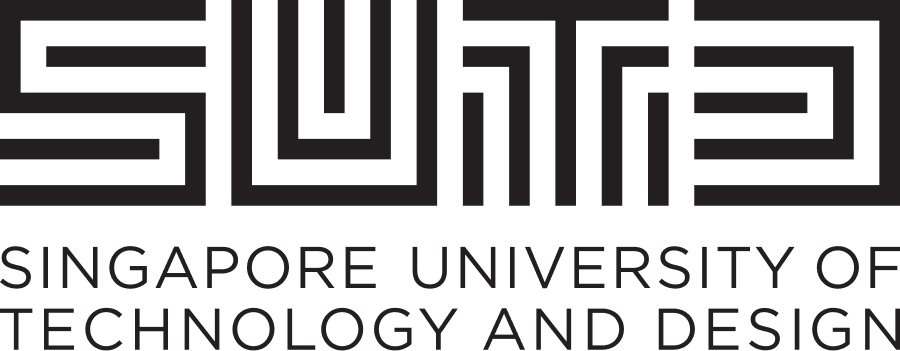Singapore University of Technology and Design (SUTD)
Part-time (24 months, maximum 36 months with special approval)
Master of Science in Technology and Design (Cybersecurity)
Programme schedule
The MTD (Cybersecurity) is a one-year full-time coursework-based Master programme. It comprises eight courses (96 credits): two core design courses and five specialised courses, and one design project organised as follows:
Term 1 (Sep – Dec)
| Course Title | Credit Points | Course Type |
|---|---|---|
| Innovation by Design | 12 | Design Core |
| Foundations of Cybersecurity | 12 | Specialisation Core |
| Network Security | 12 | Specialisation Core |
Term 2 (Jan – Apr)
| Course Title | Credit Points | Course Type |
|---|---|---|
| Design Science | 12 | Design Core |
| Systems Security | 12 | Specialisation Core |
| Secure Software Engineering | 12 | Specialisation Core |
Term 3 (May – Aug)
| Course Title | Credit Points | Course Type |
|---|---|---|
| Security Tools Lab | 12 | Specialisation Core |
| Security by Design Project | 12 | Experiential Learning |
Course descriptions
Innovation by Design (Term 1)
The focus of this course is the integration of marketing, design, engineering and manufacturing functions in creating and developing a new product, system or service. The course will go through the different phases of designing a new product, system or service using the four Ds of the four-phase Design Innovation Cycle of “Discover-Define-Develop-Deliver”. The course will focus on some of the critical success factors for new product development, with an early emphasis on design thinking. Students will be given a design challenge to complete.
Foundations of Cybersecurity (Term 1)
This course provides students with a basic appreciation and understanding of the core concepts of information security: concepts for confidentiality, integrity and availability; attacker models, information flow properties and access control; cryptographic primitives such as symmetric and asymmetric cryptography; core problems such as random number generation, entropy, and key distribution; and common topics such as security protocols and public-key infrastructures.
Network Security (Term 1)
This course provides students with a good understanding of how information security functions. Topics include common security issues and threats through the exploitation of infrastructure design weaknesses and flaws and the countermeasures, such as TCP/IP protocol stack, firewall and intrusion detection/prevention, wireless network security and Internet of Things (IoT) security. Current trends and research in security policies and technologies will also be discussed.
Design Science (Term 2)
This course introduces students to design science where many design principles and methods will be reviewed, applied and analysed. Students will learn to make connections between design science and other fields, such as engineering, and how principles in design science can be used to advance these fields. The class will cover a broad set of design methods such as customer needs analysis, methods in creativity, functional modelling, design for X and design for testing and verification.
Systems Security (Term 2)
This course covers the security of users and individual computer systems, including personal computers, smart cards and embedded platforms. The course starts with considerations of common frauds on the Internet and the related ecosystem, security of widely used computer platforms and user authentication. Topics such as physical-layer attacks and tamper-resistant hardware will also be discussed. The course ends with a set of selected security topics like biometrics, computer forensics and Bitcoin.
Secure Software Engineering (Term 2)
In this course, students will learn design methodologies and best practices for the development of secure software illustrated in popular programming languages such as C/C++ and Java. Topics span across the software development life cycle, including security requirements, secure software design and architecture principles, secure coding as well as testing and debugging techniques. Students will understand common software vulnerabilities, common abuse cases and practices for managing secure software.
